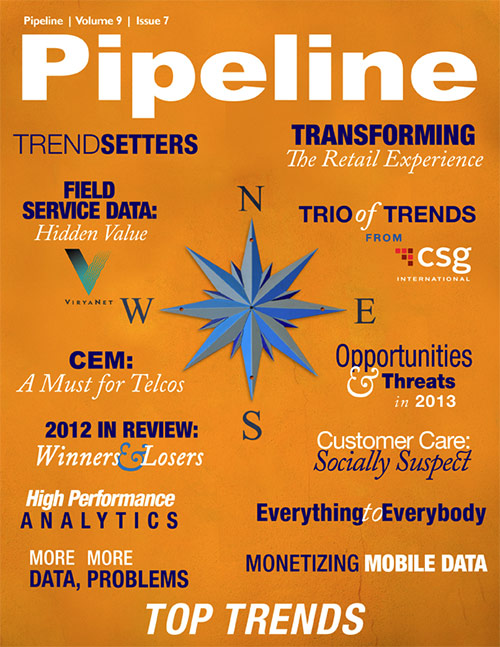Big Data or Big Impact? Get Smart About Your Field Service Data
Performance must be viewed in relation to your business goals. In addition business questions associated with mobile workforce management must be translated to KPIs and Balanced Scorecards. Monitoring and analyzing metrics with the use of ViryaNet’s mobile workforce management solution allows you to generate Balanced Scorecards and executive dashboards that can help your organization make sound business decisions and take action.
ViryaNet’s Performance Management Framework combines the analysis of historical data with the ability to identify the best and worst performers in every dimension, from zones, centers, work types, and skills down to individual employees. And with its sophisticated planning and analysis tools, including data visualization, you can create an accurate forecast.
With the ability to forecast behaviors based on data you can:
- apply sophisticated forecasting calculations;
- predict workload as well as how much your workforce can do;
- conduct what-if scenarios (e.g., what would be the impact of adding one hour of overtime to a zone every day? What happens if three workers are moved from one zone to another?).
With ViryaNet G4’s planning algorithm you can analyze the impact of changes such as shortening the appointment window or changing a policy (e.g., field technicians start their workday from home instead of the office). You can create these changes in ViryaNet G4, analyze the planning outcome in terms of your business goals and conduct an analysis of the risk of missing appointments if you shorten the window. With ViryaNet G4’s what-if scenarios you’re asking capacity questions, and with its planning algorithm you’re analyzing planning policies to determine how you’re doing against a variety of different business objectives.
Make an impact
The business value and impact of field service data can’t be overlooked, so you need to do more than just collect and analyze the data. You must make decisions. But it’s difficult to make informed decisions if you can’t “see” the data. Data visualization helps it become visible, making it easier to review data and to focus on the right things.
In the InfoWorld article “Unlocking the Value of Big Data” (October 2012), Eric Knorr discusses changes to the methodology of business intelligence and how “new data visualization tools enable domain experts to form a direct relationship with data sets and spot trends and patterns worthy of further exploration.”
But it’s not just a case of “Measure something and make a decision.” To make a decision you need many different data points and different types of analysis. You must have a complete framework to help translate measurements to actions. Once you put together the planning analysis, the forecast analysis and the historical data analysis, you can determine what you really need to do, for example, to reduce the time-to-install by one day.



















